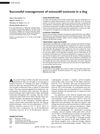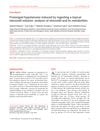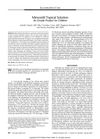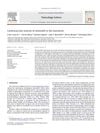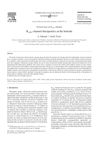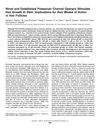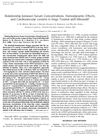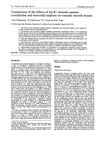Nitric Oxide-Dependent Vasodilation Induced by Minoxidil in Isolated Rat Aorta
June 2021
in “
General physiology and biophysics
”
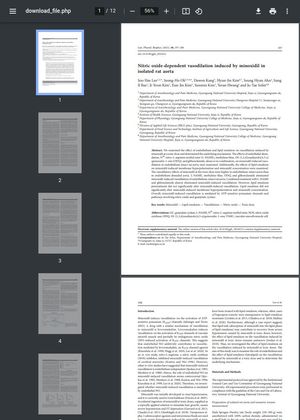
TLDR Minoxidil relaxes rat blood vessels mainly through nitric oxide and potassium channels.
The study investigated the vasodilatory effects of minoxidil at a toxic dose on isolated rat aorta, focusing on the role of the endothelium and lipid emulsion. It was found that minoxidil-induced vasodilation was more pronounced in endothelium-intact aorta compared to endothelium-denuded aorta. The vasodilation was significantly reduced by treatments with L-NAME, methylene blue, ODQ, and glibenclamide, and almost completely eliminated by the combination of L-NAME and glibenclamide. Lipid emulsion pretreatment did not significantly affect minoxidil-induced vasodilation, membrane hyperpolarization, or minoxidil concentration. The results suggest that minoxidil-induced vasodilation is mediated by ATP-sensitive potassium channels and pathways involving nitric oxide and guanylate cyclase.
